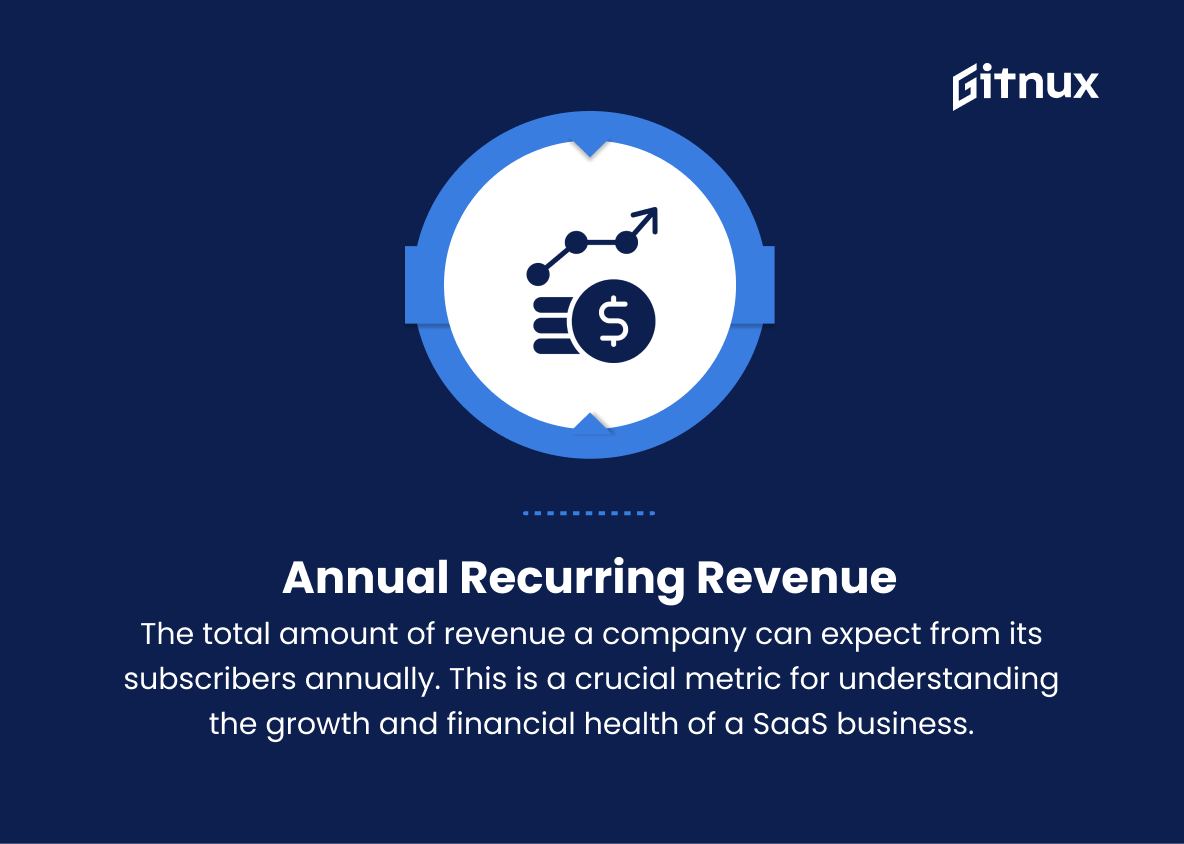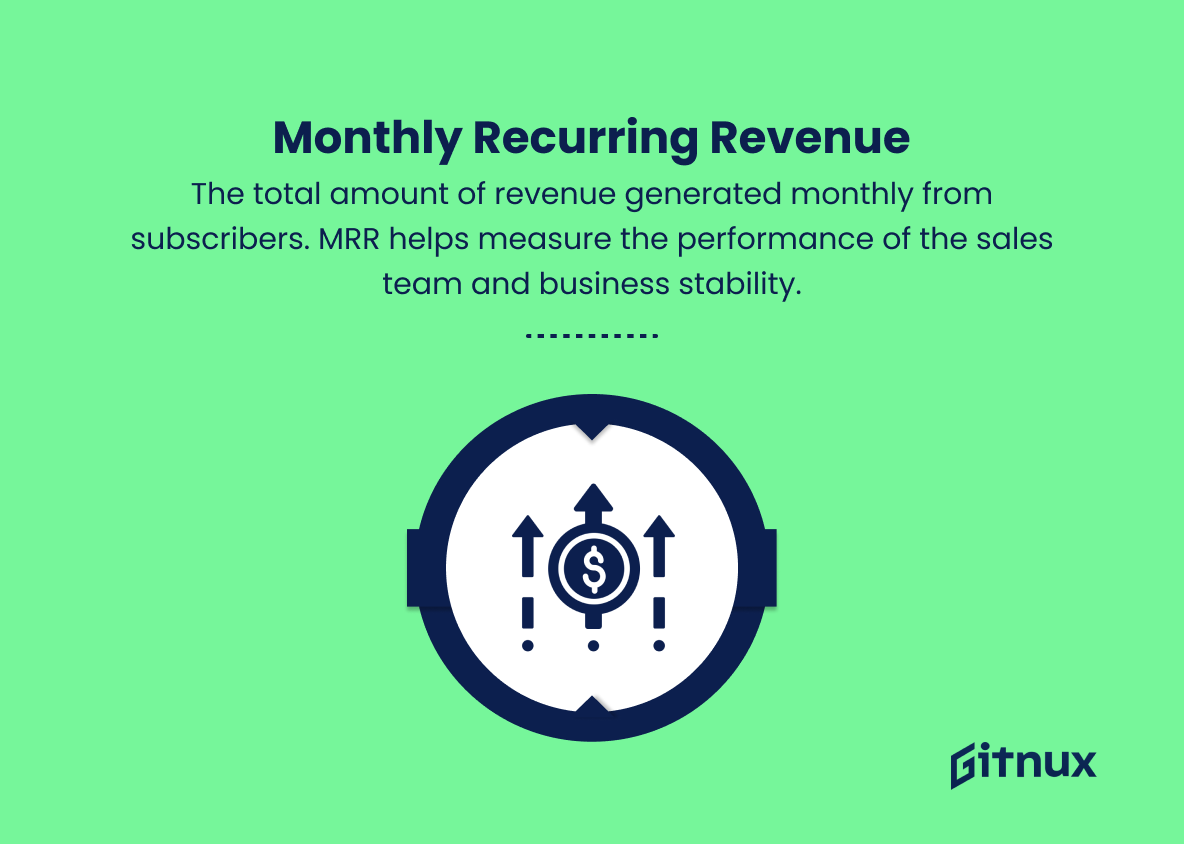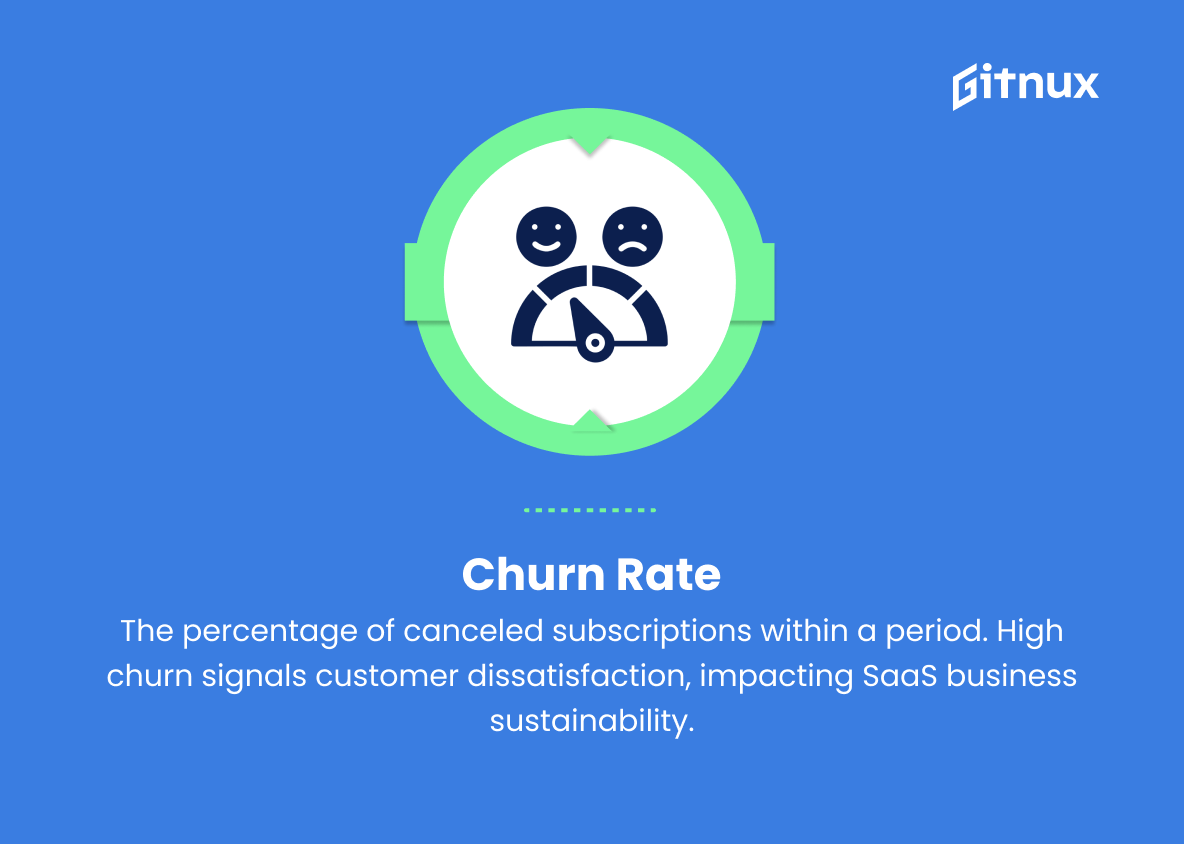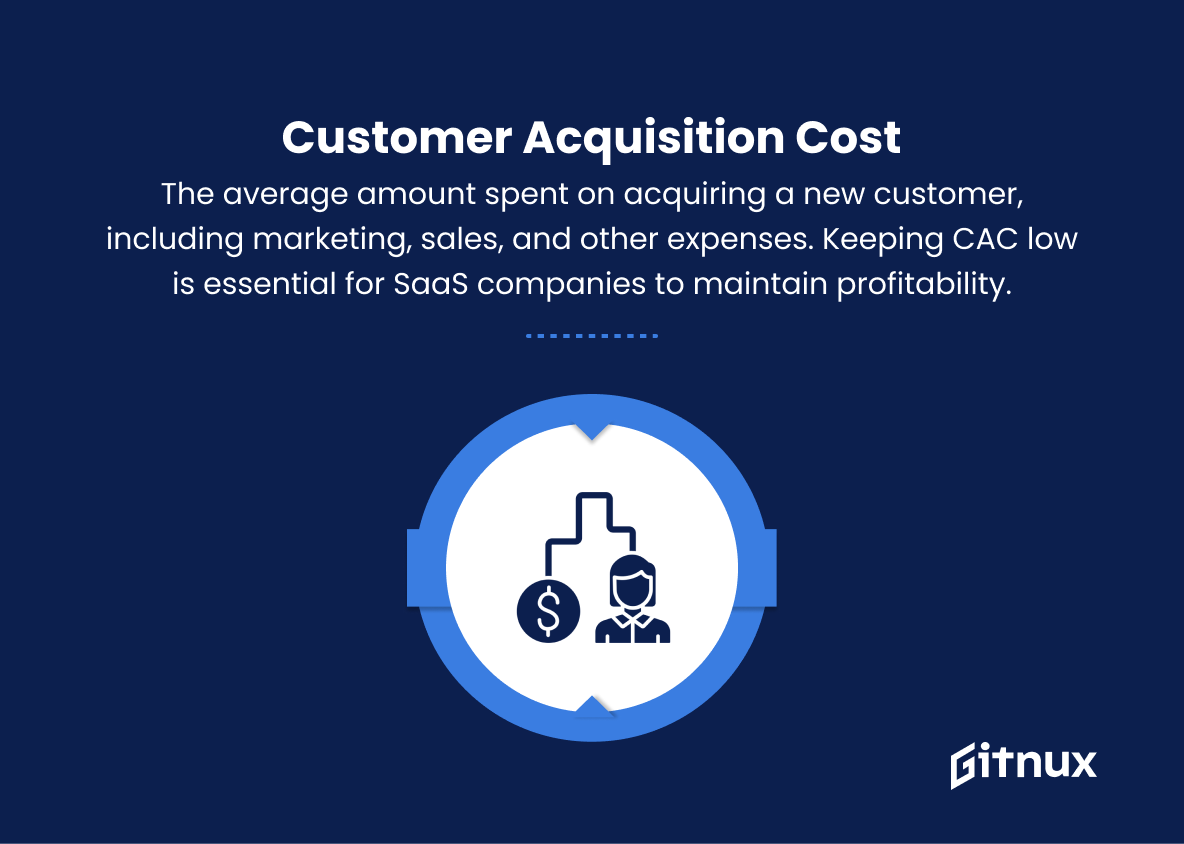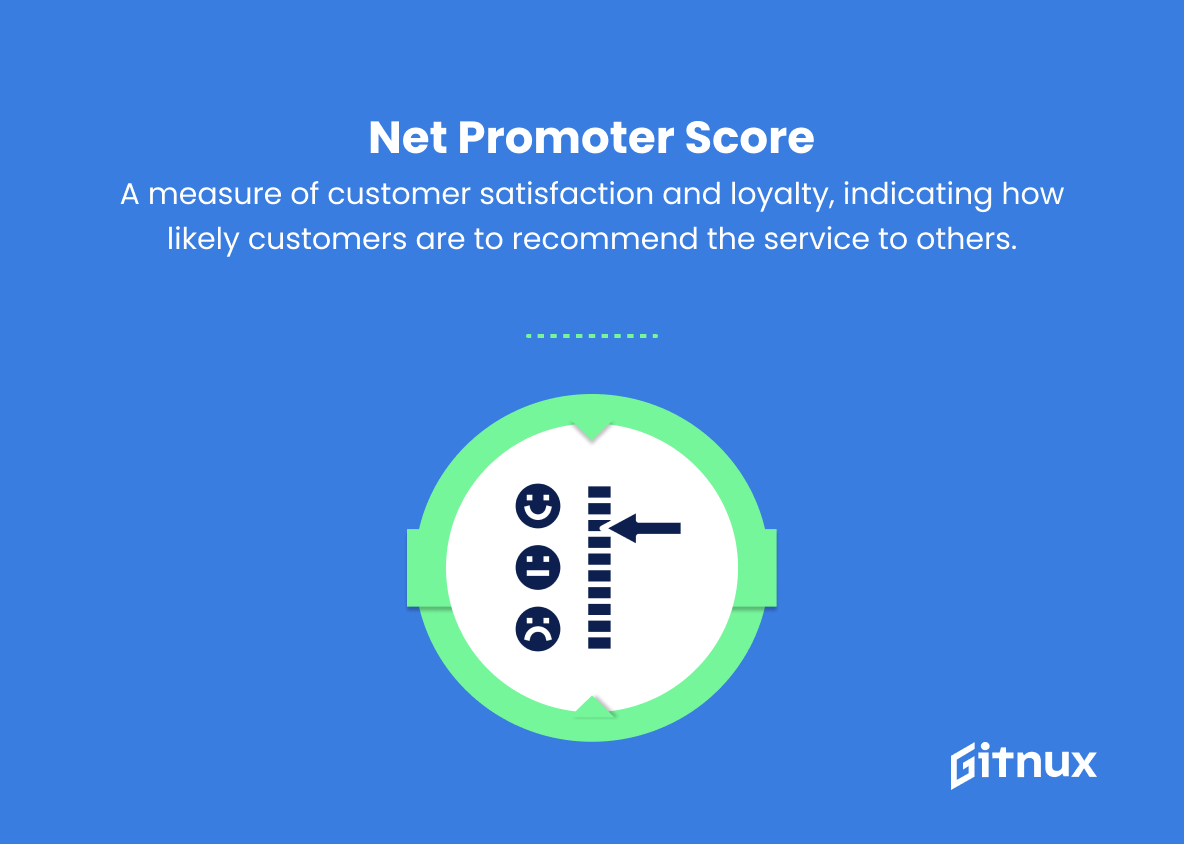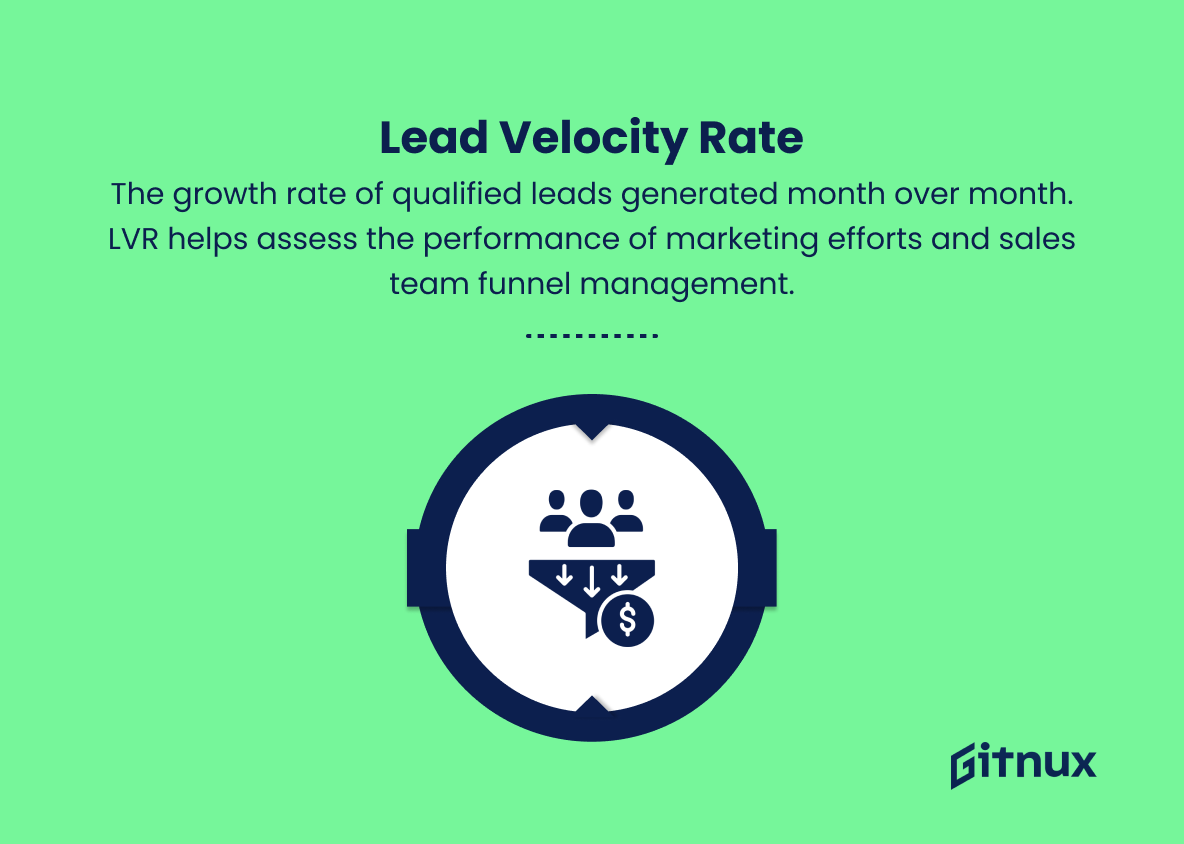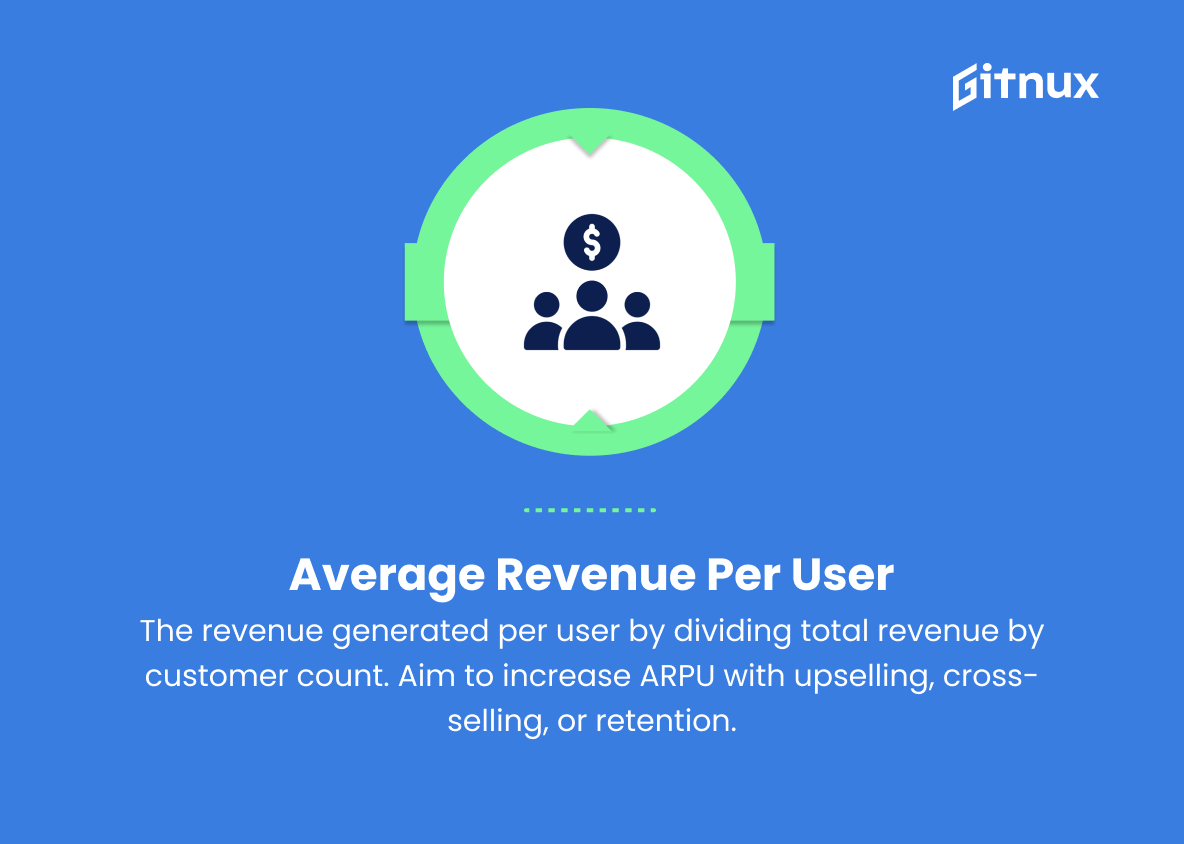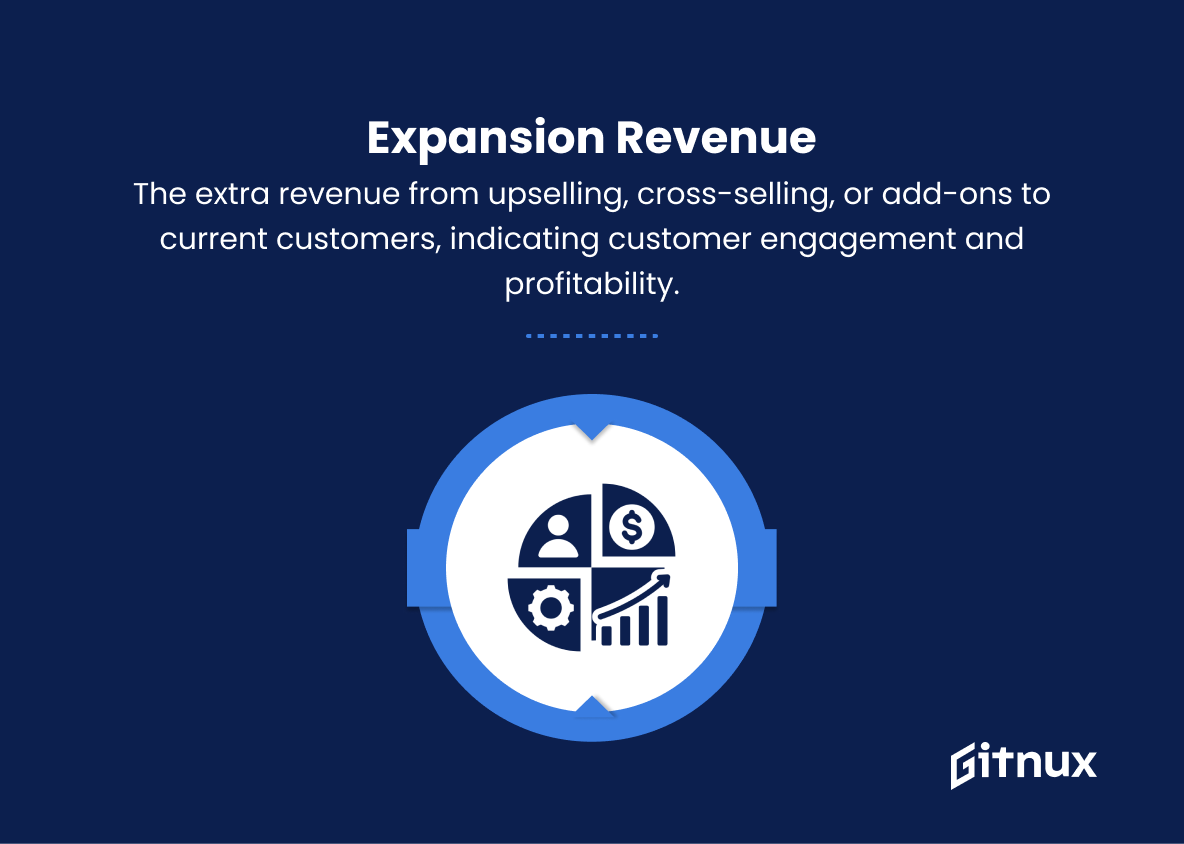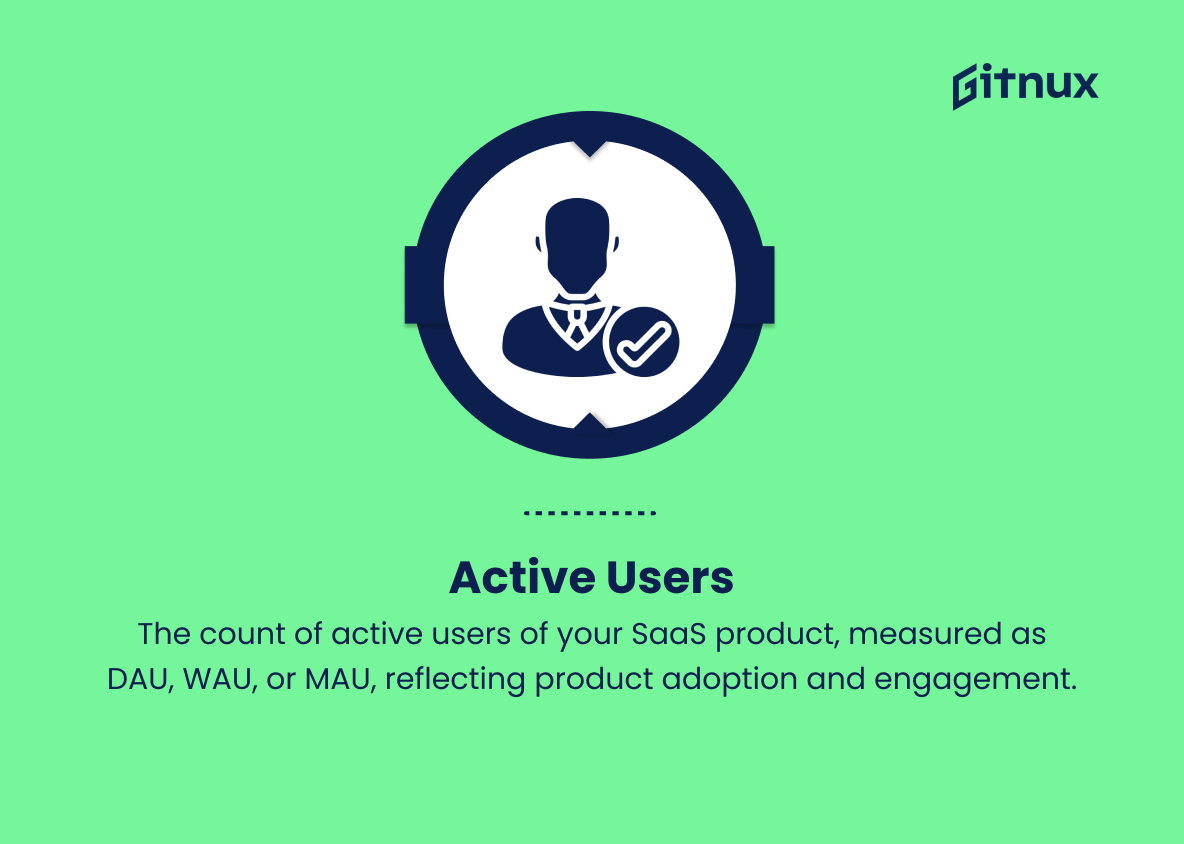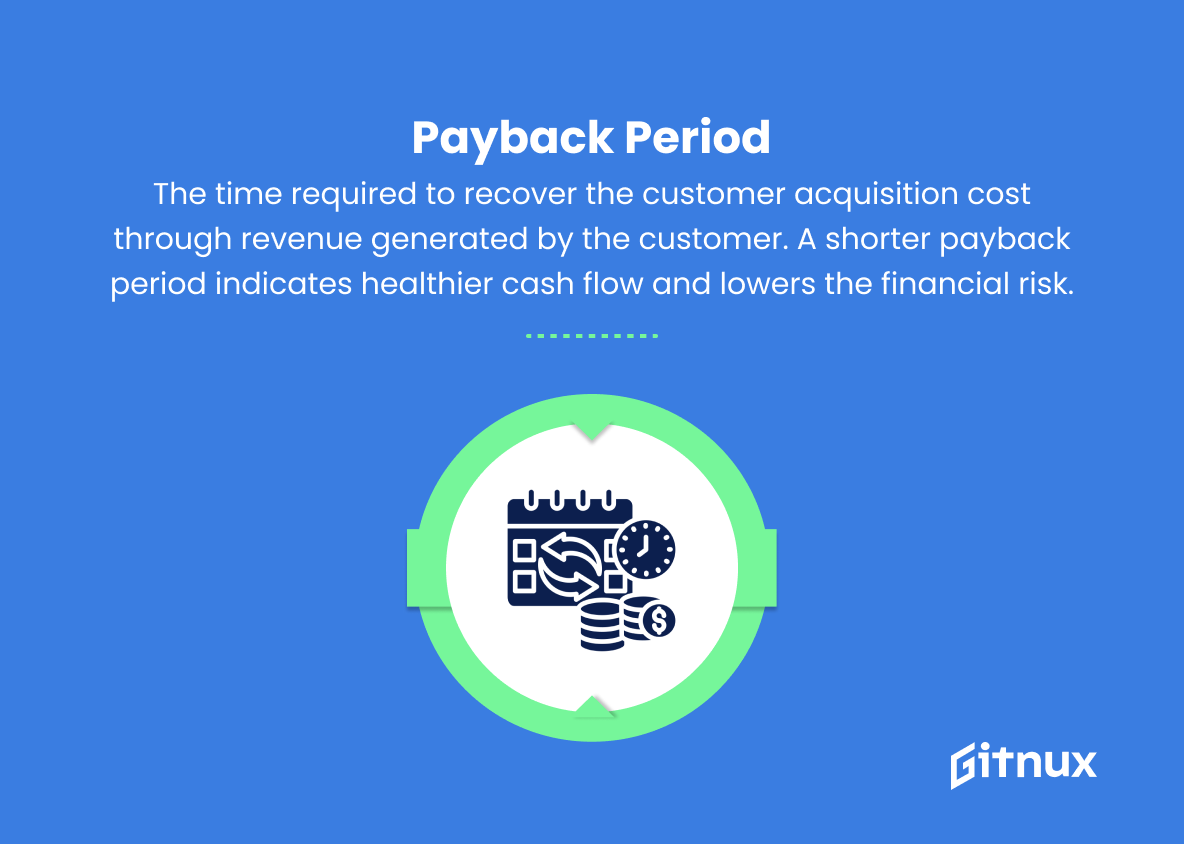In today’s fast-paced and competitive business landscape, understanding the key metrics driving Software as a Service (SaaS) sales performance is essential for the success and growth of any organization. This blog post delves into the world of SaaS sales metrics, uncovering the vital data points that enable teams to optimize their strategies, identify growth opportunities, and ultimately, maximize their revenue potential.
From conversion rates and customer acquisition costs to churn rates and lifetime value, we’ll explore the importance of each metric and provide actionable insights on how to leverage this invaluable information to give your SaaS business the competitive edge it needs. So, buckle up and get ready to unveil the secrets behind the numbers that matter in the world of SaaS sales.
Saas Sales Metrics You Should Know
1. Annual Recurring Revenue (ARR)
The total amount of revenue a company can expect from its subscribers annually. This is a crucial metric for understanding the growth and financial health of a SaaS business.
2. Monthly Recurring Revenue (MRR)
The total amount of revenue generated monthly from subscribers. MRR helps measure the performance of the sales team and business stability.
3. Churn Rate
The percentage of customers who cancel their subscriptions within a given period. High churn indicates dissatisfaction among customers and is a concern for the sustainability of a SaaS business.
4. Customer Acquisition Cost (CAC)
The average amount spent on acquiring a new customer, including marketing, sales, and other expenses. Keeping CAC low is essential for SaaS companies to maintain profitability.
5. Customer Lifetime Value (CLTV)
The total revenue a company expects to earn from a customer throughout their engagement with the service. Increasing CLTV indicates a healthy customer relationship and strong revenue stream.
6. Net Promoter Score (NPS)
A measure of customer satisfaction and loyalty, indicating how likely customers are to recommend the service to others.
7. Sales Funnel Conversion Rates
The percentage of leads that convert into paying customers as they progress through the sales funnel. Higher conversion rates indicate a more efficient sales process and offer insights into areas for improvement.
8. Lead Velocity Rate (LVR)
The growth rate of qualified leads generated month over month. LVR helps assess the performance of marketing efforts and sales team funnel management.
9. Average Revenue Per User (ARPU)
The average revenue generated per user, calculated by dividing total revenue by the customer count. The goal is to increase ARPU over time through upselling, cross-selling, or boosting retention.
10. Expansion Revenue
The additional revenue earned from upselling, cross-selling, or offering add-ons to existing customers. This metric shows customer engagement and profitability from existing subscribers.
11. Active Users
The number of users actively using your SaaS product, typically measured daily (DAU), weekly (WAU), or monthly (MAU). Active user trends point to the overall product adoption and engagement levels.
12. Payback Period
The time required to recover the customer acquisition cost through revenue generated by the customer. A shorter payback period indicates healthier cash flow and lowers the financial risk.
Keep in mind that these metrics are not static and should be used in combination to gain comprehensive insights into the performance of a SaaS sales strategy.
Saas Sales Metrics Explained
SaaS sales metrics such as Annual Recurring Revenue (ARR) and Monthly Recurring Revenue (MRR) are vital for understanding a company’s financial health and growth, as they showcase the expected annual and monthly subscription-generated revenue. Churn Rate and Net Promoter Score (NPS) serve as indicators of customer satisfaction, focusing on subscription cancellations and customers’ likelihood to recommend the service.
Meanwhile, Customer Acquisition Cost (CAC), Customer Lifetime Value (CLTV), and Expansion Revenue can provide insights into profitability and the effectiveness of customer relationships. Frequently monitoring Sales Funnel Conversion Rates, Lead Velocity Rate (LVR), and Average Revenue Per User (ARPU) offers valuable feedback on sales processes and marketing efforts. Lastly, Active Users reveal product adoption and engagement, while Payback Period underscores cash flow health and financial risk. Utilizing these SaaS sales metrics holistically grants organizations a comprehensive understanding of their performance and areas for improvement.
Conclusion
In conclusion, understanding and effectively utilizing SaaS sales metrics is crucial for any business operating in this competitive landscape. By monitoring key indicators such as MRR, churn rate, LTV, and CAC, among others, companies can make more informed decisions, optimize their sales strategies, and foster long-term growth. Regularly analyzing these metrics enables businesses to identify areas for improvement, maintain a customer-centric focus, and ultimately, drive increased revenue. In a world where subscription-based services continue to gain prominence, mastering SaaS sales metrics will give businesses the edge they need to thrive and succeed in the industry.
